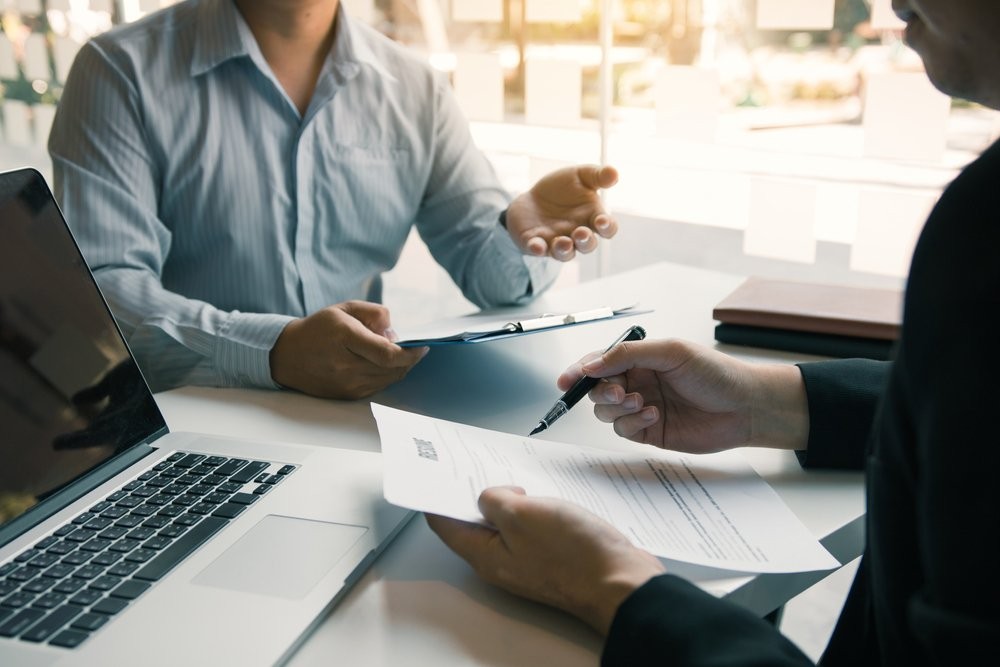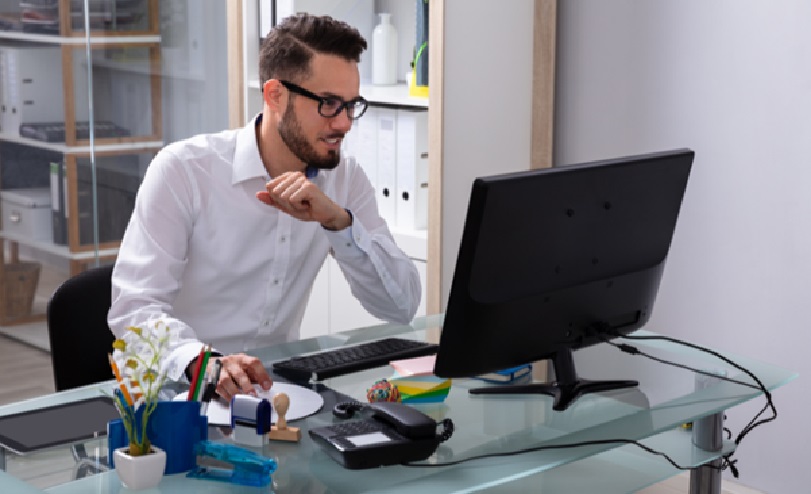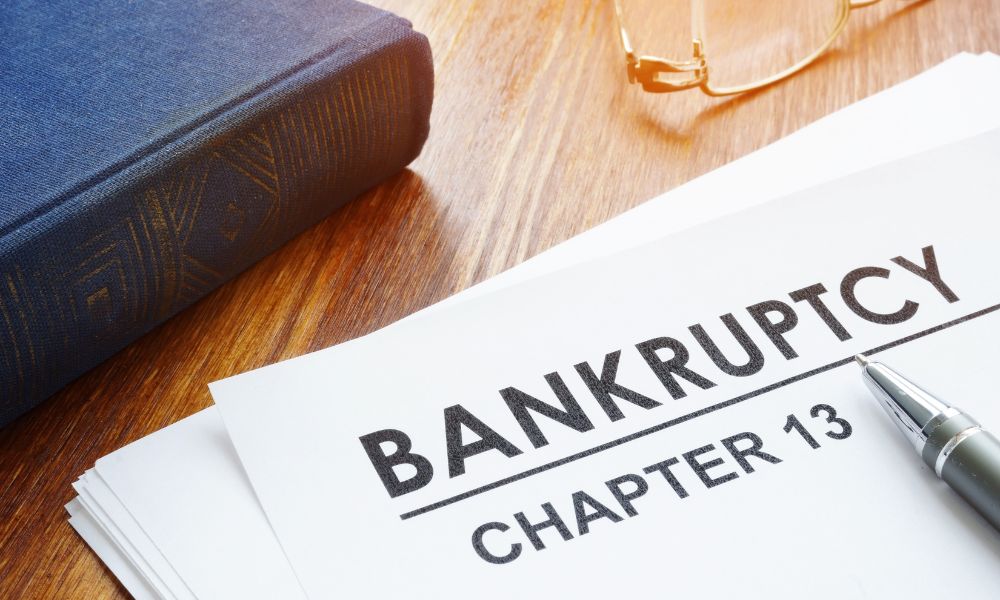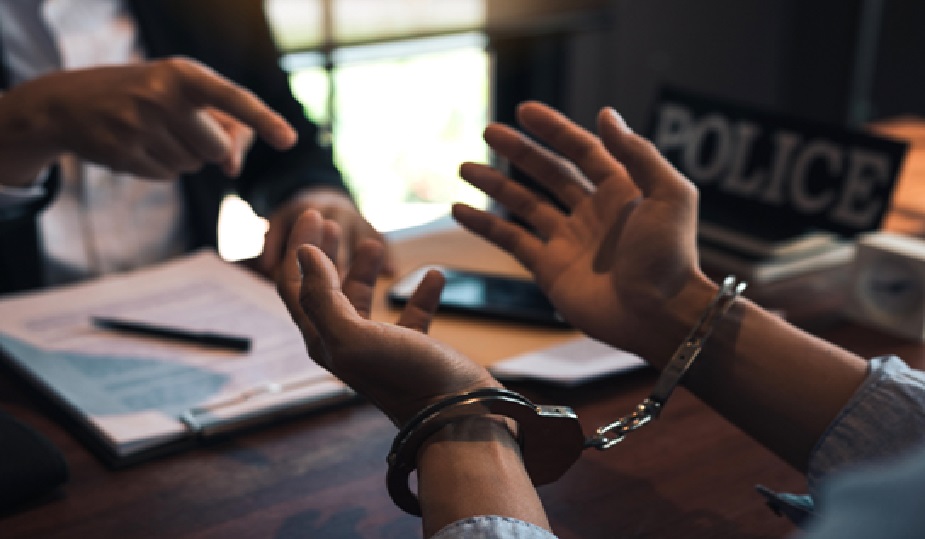
The P-3 visa is an incredible opportunity for artists, entertainers, and cultural performers to bring their talents to the United States. However, a key element of securing a P-3 visa is demonstrating the cultural uniqueness of your performance or art form. The evidence you provide must clearly show that your work is deeply rooted in a traditional ethnic, folk, or cultural heritage.
With the guidance of an experienced P-3 visa lawyer, you can effectively compile and present the evidence needed to strengthen your case. Here’s how to do it.
1. Expert Testimonials
One of the most compelling ways to demonstrate cultural uniqueness is through affidavits or letters from recognized experts in your field. These experts should:
- Highlight Your Authenticity: They must attest to the authenticity of your skills or the uniqueness of your group’s performances.
- Show Their Expertise: Their credentials should establish them as authorities in the relevant art form or cultural tradition.
- Explain Their Knowledge of Your Work: They should detail how they are familiar with your work and why they consider it culturally significant.
A P-3 visa lawyer can help identify the right experts and guide them in drafting strong, credible letters that meet USCIS standards.
2. Published Reviews
Reviews from reputable publications can play a vital role in proving the cultural significance of your work. Include:
- Newspaper Articles: Reviews or feature stories that emphasize the traditional or unique aspects of your performance.
- Journal Publications: Scholarly articles or cultural analyses that highlight your contributions to preserving or promoting a specific tradition.
- Event Coverage: Media reports that describe the cultural impact of events where you have performed.
A P-3 visa lawyer can ensure that these materials are organized and presented in a way that aligns with USCIS requirements.
3. Event Documentation
Documentation from events where you’ve performed is crucial to establishing the cultural relevance of your work. Provide evidence such as:
- Program Schedules: Details of events, including dates, venues, and descriptions of your role.
- Flyers and Posters: Promotional materials that emphasize the cultural or traditional focus of the event.
- Event Descriptions: Written summaries from organizers or sponsors explaining the purpose of the event and its connection to preserving or promoting cultural traditions.
By working with a P-3 visa lawyer, you can ensure this documentation is complete and properly annotated to support your case.
4. Labor Organization Consultation
A consultation with a labor organization can greatly enhance your application. Many labor organizations provide:
- Letters of Support: Statements that validate the cultural uniqueness of your performance or art form.
- Letters of No Objection: Documents affirming that your participation in the event is appropriate for the P-3 visa classification.
Not all cases require labor organization involvement, but when they do, a P-3 visa lawyer can guide you through the process of obtaining these critical letters.
Why Work with a P-3 Visa Lawyer?
Proving cultural uniqueness is one of the most challenging aspects of a P-3 visa application. An experienced P-3 visa lawyer can:
- Help you identify the strongest evidence to support your case.
- Assist in drafting expert letters that meet USCIS requirements.
- Ensure that all documentation is properly organized and submitted on time.
- Address potential issues such as Requests for Evidence (RFEs) or other challenges that may arise during the application process.
By leveraging their expertise, a P-3 visa lawyer can significantly increase your chances of success.
Final Thoughts
Demonstrating cultural uniqueness is at the heart of a successful P-3 visa application. By providing expert testimonials, published reviews, event documentation, and labor organization consultations, you can build a compelling case that highlights the value of your work.
For the best results, work with a P-3 visa lawyer who understands the intricacies of the application process and can guide you every step of the way. With their help, you can confidently bring your culturally unique art form to American audiences and share the richness of your heritage on an international stage.



